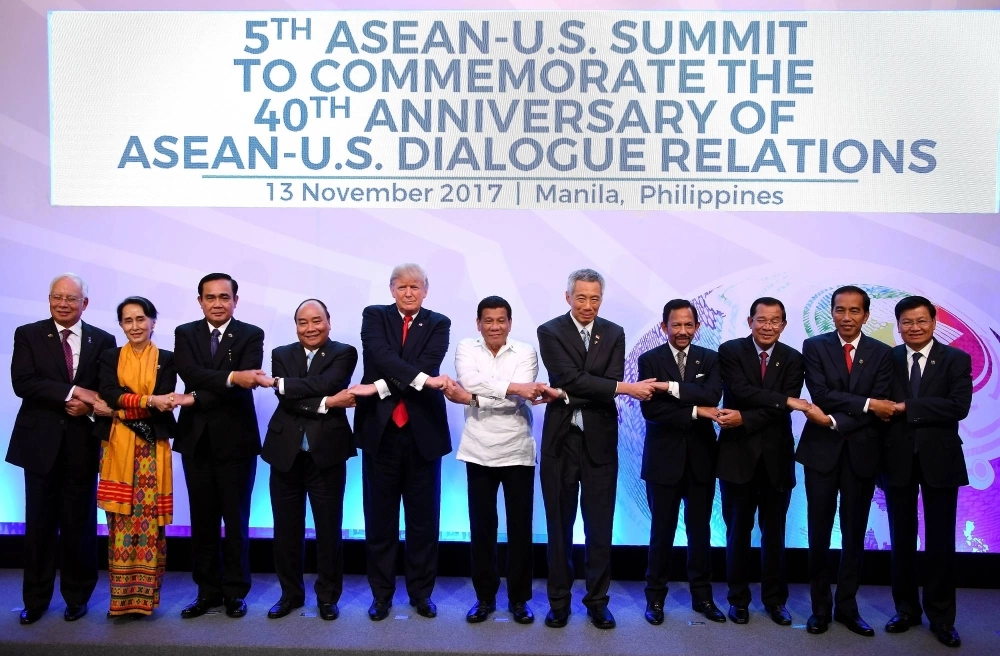As relations between the United States and China have chilled and bilateral tensions have risen in the past four years over issues ranging from control of advanced semiconductors to Beijing’s support for Moscow, Southeast Asian states have played a delicate game.
With the exception of the Philippines under Ferdinand Marcos Jr., who essentially has taken sides with the United States despite blowback from China, other major Southeast Asian countries have attempted to maintain their traditional approach of hedging between the two great powers.
So, while Vietnam signed a deal with the Biden administration upgrading the U.S.-Vietnam relationship, it immediately pivoted by hosting Chinese leader Xi Jinping and upgrading the China-Vietnam relationship, too. Similarly, while Indonesia’s Prabowo Subianto oversaw increasing security links to the U.S. as defense minister in the second Joko Widodo administration; he made his first overseas trip to China as president-elect.

















With your current subscription plan you can comment on stories. However, before writing your first comment, please create a display name in the Profile section of your subscriber account page.